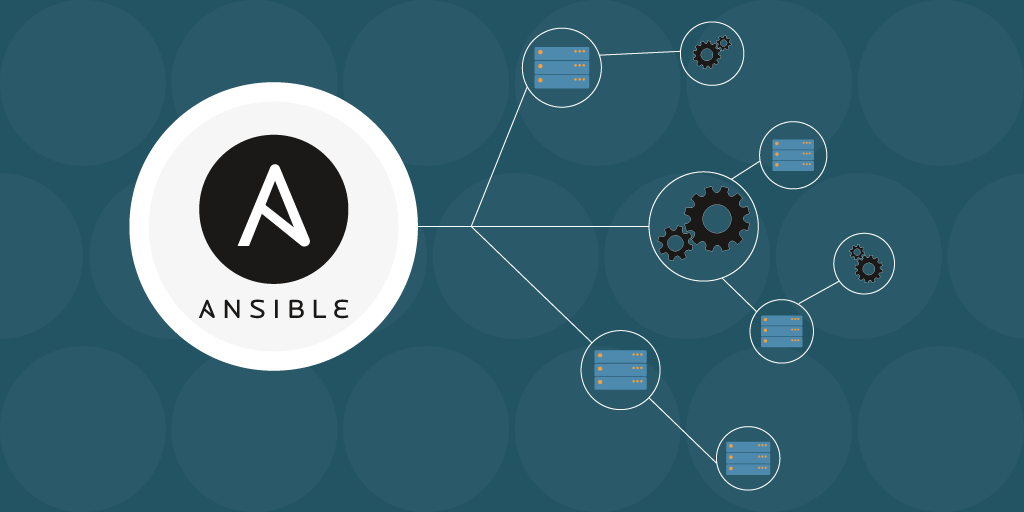☑️Day 56: Introduction to Ansible and Configuration Management🚀
 Kedar Pattanshetti
Kedar Pattanshetti
🔹Table of Contents :
Introduction to Ansible
Overview of Ansible
Key benefits of using Ansible
Why Use Ansible? Real-World Scenarios
Server provisioning
Application deployment
Multi-server management
Update and patch management
Comparing Ansible and Terraform
Purpose and primary use of each tool
Key differences in functionality and application
Real-world examples illustrating use cases
Configuration Management Models
Push-Based Mechanism
- Explanation and real-time example with Ansible
Pull-Based Mechanism
- Explanation and real-time example with Chef
Ansible vs. Chef
Differences in setup and operational models
Ideal use cases for each tool
Conclusion
Summary of Ansible's impact on DevOps practices
Next steps and hands-on practice
✅Overview
Today, I began exploring Ansible, a powerful tool for automating infrastructure and application deployments. In this session, I learned what Ansible is, why it's used, and how it differs from other tools like Terraform and Chef. Here’s a rundown of the major concepts and insights.
✅What is Ansible?
Ansible is an open-source automation tool primarily used for configuration management, application deployment, and task automation.
It simplifies complex tasks and workflows by allowing DevOps engineers to write simple scripts (called playbooks) that define desired states for systems and applications.
✅Key Benefits of Ansible:
Agentless: Unlike some other tools, Ansible doesn’t require agents on managed nodes.
Simple YAML syntax: Uses playbooks in a human-readable YAML format.
Idempotency: Ensures that tasks reach and maintain a desired state without unintended changes.
✅Why Use Ansible? Real-Time Scenarios
Provisioning Servers: Easily set up new servers by defining configurations in playbooks.
Application Deployment: Automate repetitive tasks, such as deploying software packages or configuring web servers.
Multi-Server Management: Use Ansible to manage and configure hundreds of servers with a single command.
Update Management: Apply updates or patches to entire server fleets simultaneously, ensuring consistency across all environments.
Example: Let’s say a team needs to install Apache across multiple web servers. With Ansible, you write a playbook defining the Apache installation process, then apply it to all servers at once—saving time and reducing the risk of configuration drift.
✅Ansible vs. Terraform: Key Differences
Ansible: Primarily used for configuration management. Focuses on maintaining the state of applications and servers, such as installing software and managing files.
Terraform: Primarily an infrastructure provisioning tool. Creates and manages infrastructure (e.g., VMs, networks) on cloud platforms.
Real-Time Example: Ansible would manage the installation of an application on existing servers, while Terraform could create the servers (on AWS, GCP, etc.) that Ansible would then configure.
✅Configuration Management Models: Push vs. Pull Mechanism
Push-Based Mechanism (Ansible)
How It Works: The control node pushes configurations to managed nodes.
Real-Time Example: An admin runs a playbook from a central machine, which directly applies configurations to all target machines.
Pull-Based Mechanism (Chef)
How It Works: Each managed node pulls configuration updates from a central server.
Real-Time Example: Nodes in a large enterprise automatically fetch configurations on schedule, keeping them consistent without admin intervention.
✅Ansible vs. Chef
Ansible: Agentless and uses a push-based mechanism. Tasks are straightforward, which makes it beginner-friendly and suitable for smaller teams or companies.
Chef: Requires an agent on each managed node and uses a pull-based approach. Chef is more code-intensive and ideal for larger-scale, complex deployments.
✅Conclusion
Ansible makes server management straightforward and efficient, ideal for rapidly deploying configurations across multiple nodes. Today’s session underscored the importance of selecting the right configuration management tool based on specific infrastructure needs and the preferred configuration model (push vs. pull).
Stay tuned for more hands-on tasks and in-depth learning!
🚀Thanks for joining me on Day 56! Let’s keep learning and growing together!
Happy Learning! 😊
#90DaysOfDevOps
Subscribe to my newsletter
Read articles from Kedar Pattanshetti directly inside your inbox. Subscribe to the newsletter, and don't miss out.
Written by
